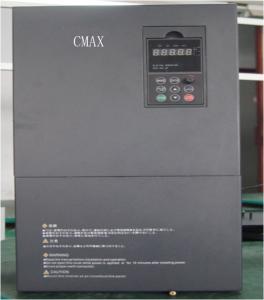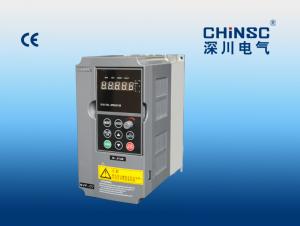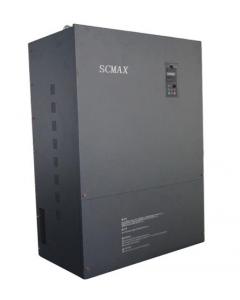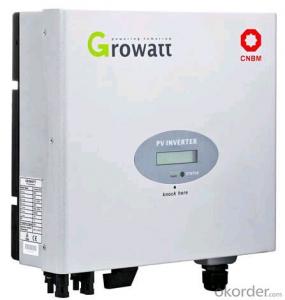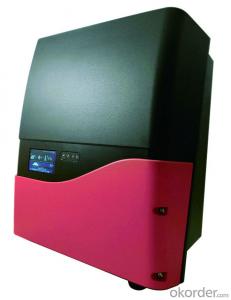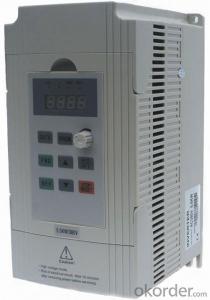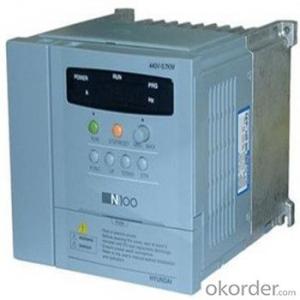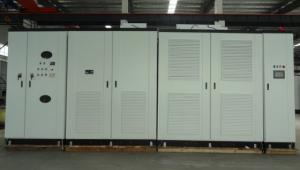3 Phase Solar Hybrid Inverter
3 Phase Solar Hybrid Inverter Related Searches
Hybrid Solar Inverter 3 Phase 3 Phase Solar Inverter Solar 3 Phase Inverter 3 Phase Solar Power Inverter 3 Phase Inverter Solar Solar Inverter 3 Phase Solar Power 3 Phase Inverter 3 Phase Solar Battery Inverter Three Phase Solar Inverter 3-Phase Solar Inverter 3 Phase Solar Micro Inverter 3kw Solar Hybrid Inverter 3kw Hybrid Solar Inverter 3 Phase Solar Pump Inverter Hybrid Solar Inverter 3kw 3kva Hybrid Solar Inverter Solar Edge 3 Phase Inverter Best 3 Phase Solar Inverter China 3 Phase Solar Inverter Abb 3 Phase Solar Inverter 3 Phase Solar Inverter Price Solar 3 Phase Inverter Price 3ph Solar Inverter 3kw Solar Inverter 3 Kilowatt Solar Inverter 3kv Solar Inverter 3kw Inverter Solar 3kva Solar Inverter 5 Kw 3 Phase Solar Inverter 10kw 3 Phase Solar Inverter3 Phase Solar Hybrid Inverter Supplier & Manufacturer from China
The 3 Phase Solar Hybrid Inverter is a versatile power conversion device that integrates solar energy into the electrical grid or standalone power systems. It is designed to handle the conversion of DC power generated by solar panels into AC power, which can then be used to power homes, businesses, or fed back into the grid. This product is equipped with advanced features such as maximum power point tracking (MPPT),孤岛效应保护, and grid synchronization, ensuring efficient energy management and reliable performance.The 3 Phase Solar Hybrid Inverter finds its application in various scenarios, including residential, commercial, and industrial settings. It is particularly useful in areas with limited access to the electrical grid or where grid instability is a concern. This product enables users to harness the power of the sun to reduce their reliance on fossil fuels, lower their energy bills, and contribute to a greener environment. It is also an excellent solution for off-grid applications, such as remote cabins, telecommunication towers, and street lighting systems, where a stable power supply is crucial.
Okorder.com is a reputable wholesale supplier of the 3 Phase Solar Hybrid Inverter, offering a vast inventory of this product to cater to the needs of various customers. With a commitment to quality and customer satisfaction, Okorder.com ensures that each 3 Phase Solar Hybrid Inverter is manufactured to the highest standards and undergoes rigorous testing before being shipped to customers worldwide. This ensures that buyers receive a reliable and efficient product that meets their specific requirements and expectations.
Hot Products

